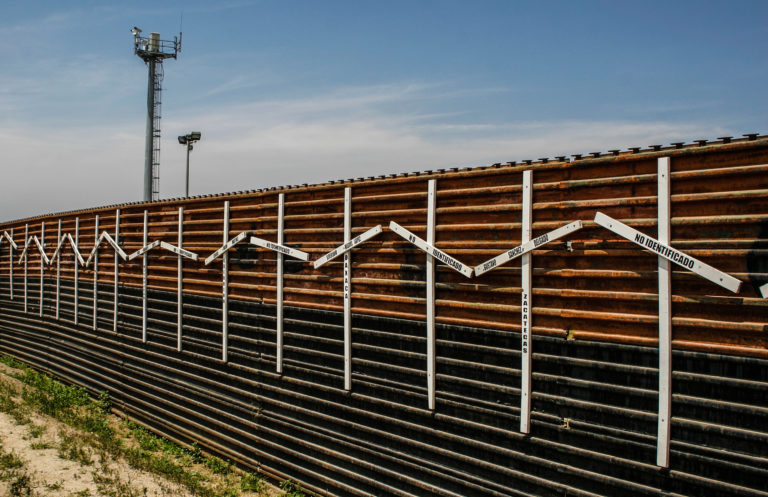In this poem, I explore what various politicians have stated about immigrants using pest metaphors while interweaving pest control discourses. A pest is an animal that is “out of place.” Immigrants, too, are often “out of place” or “uprooted” or in between places. They live between the world in which they are from and the world in which they inhabit presently, never fully fitting into either world. As there is a multiplicity of immigrants who choose to cross the border from Mexico, there is also a multiplicity of pests who cross different kinds of borders and boundaries. Pests and immigrants are liminal beings, making some people uneasy. My intention here is not to universalize the figure of the immigrant nor the figure of the pest, but instead to explore the complications of immigration-pest discourse in US political cultures.
Articles by Lindsay Garcia
Lindsay Garcia is a video, performance, and social practice artist as well as a PhD Candidate in American Studies and an Equality Lab Fellow at the College of William & Mary. Her artwork thematically engages with queer intersectional feminism, politics and current events, nonhuman animals and nature, human structures, and waste. Her dissertation explores how border and boundary crossings of pest animals and pesticides reveal issues of environmental justice from a queer, posthumanist, visual studies perspective. Garcia received a BFA in Sculpture from Rhode Island School of Design (RISD), an MFA in Interdisciplinary Visual Arts from SUNY Purchase, an MA in Contemporary Art from Sotheby’s Institute of Art, and an MA in American Studies from the College of William and Mary in 2016. Her MA Thesis “Capitalist Architecture in a Posthumanist World” won the Arts and Sciences Distinguished Thesis Award in the Humanities at the College of William & Mary. At SUNY Purchase, she won the Outstanding MFA Award, and at RISD, she won the Senior Sculpture Prize. Garcia has exhibited her artwork in New York (NY), Philadelphia (PA), Washington, D.C., San Jose (CA), Richmond (VA), Providence (RI), Wooster (OH), Torrington (CT), and Bergen (NJ). Garcia has published in ESQ: A Journal of the American Renaissance and Lateral.
Review of After Art by David Joselit (Princeton)
David Joselit’s slim volume “After Art” offers multiple intriguing frameworks to analyze art in the present-day globalized art world. After Art backs away from the traditional approach of artist intent and production and looks at what happens to images once they are attached to the networks that circulate them. Instead of proselytizing individual or even original artworks, Joselit champions images that are constantly reproduced and remediated by artists and architects such as Tania Bruguera, Ai Weiwei, Sherrie Levine, Matthew Barney, Le Corbusier, and Rem Koolhaus.

